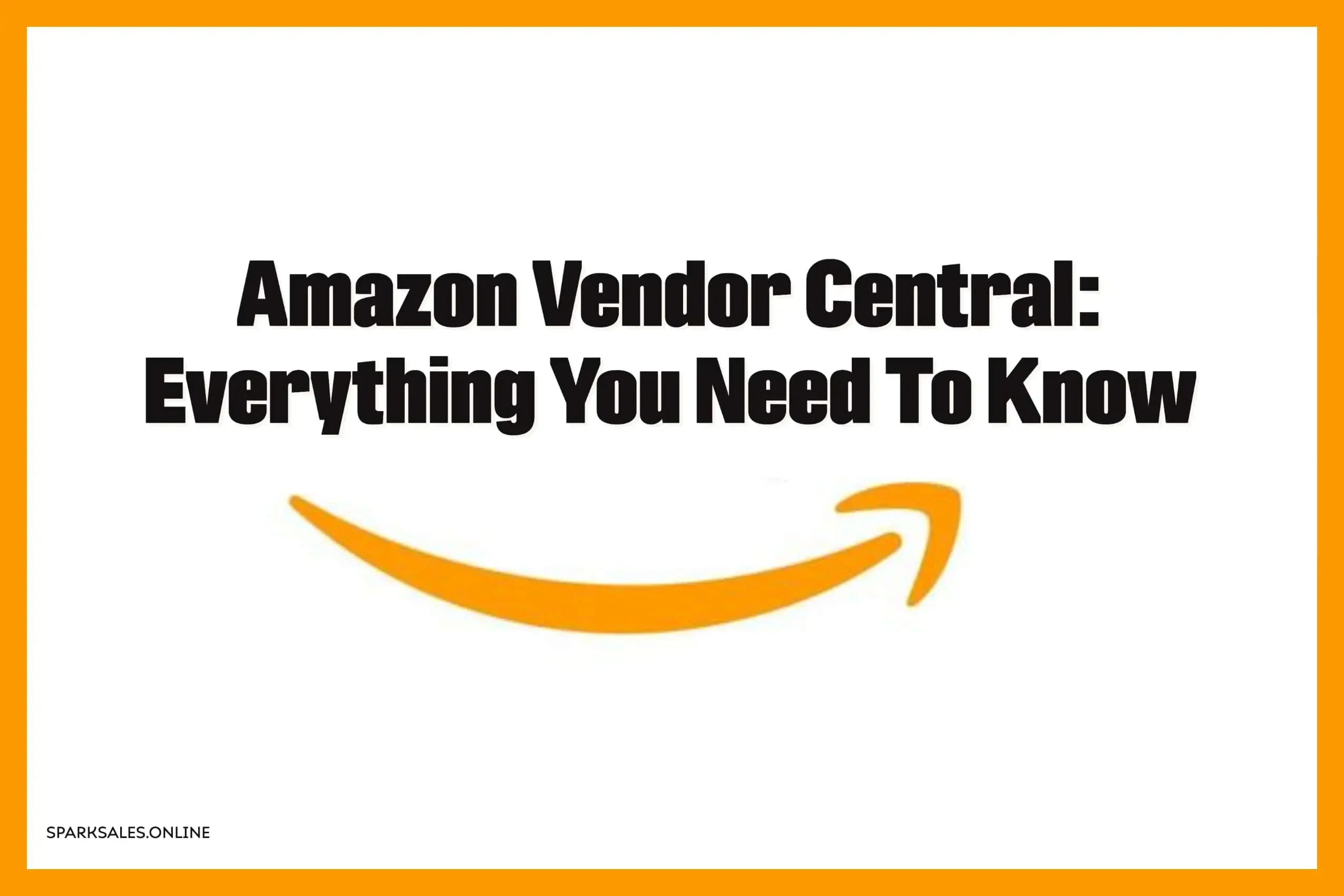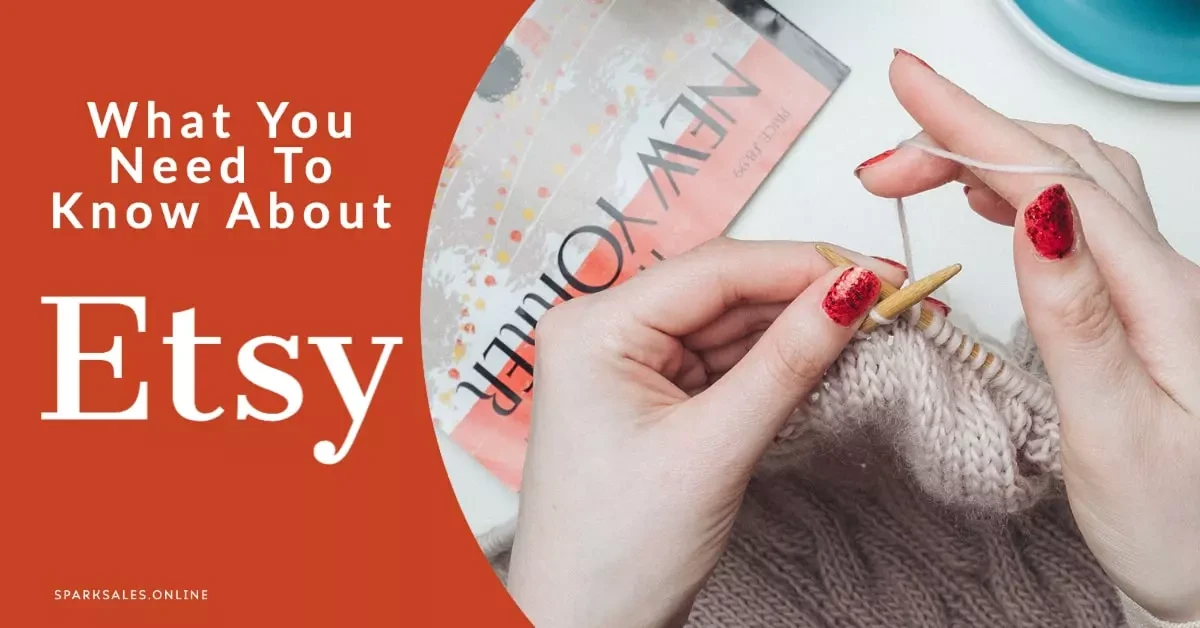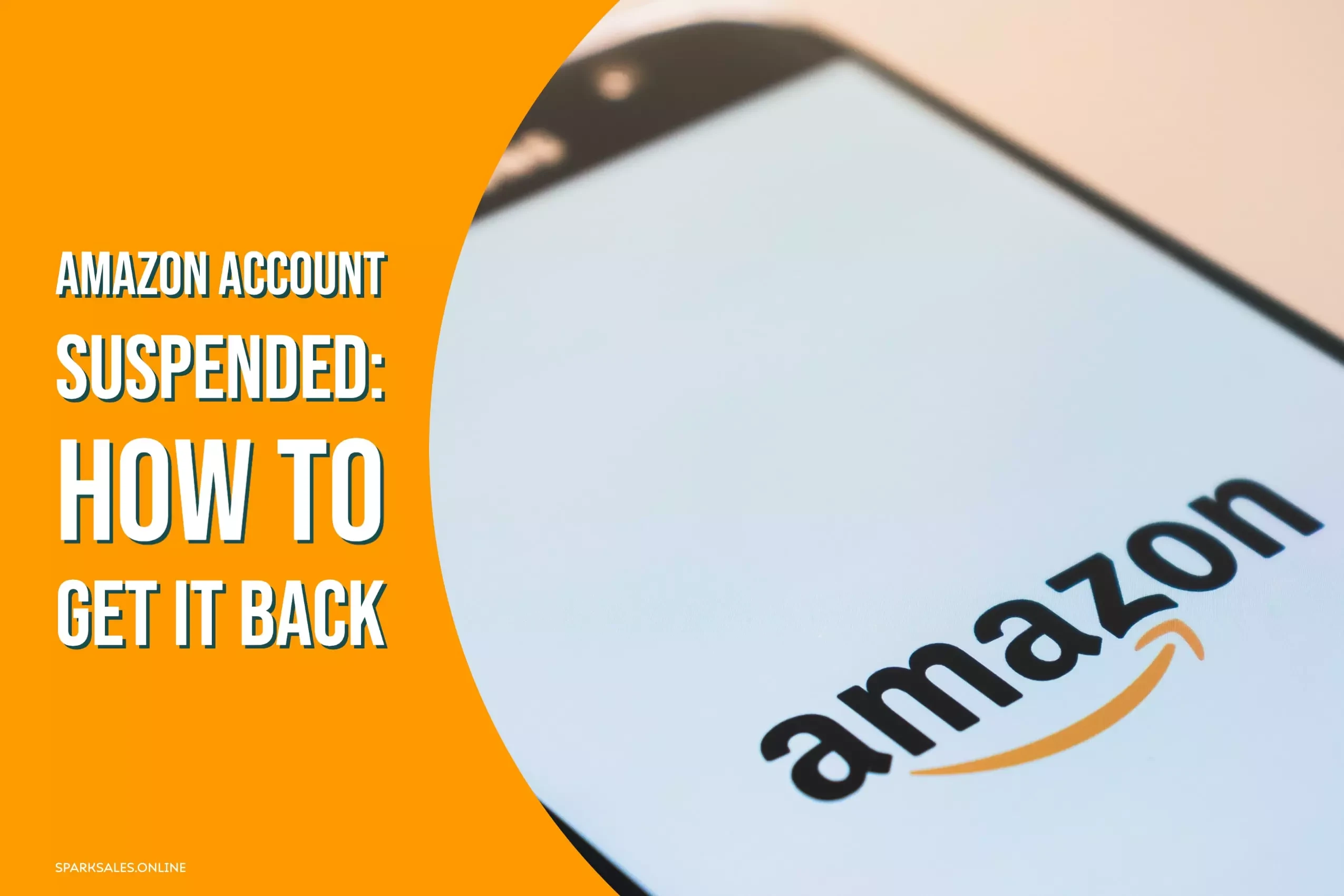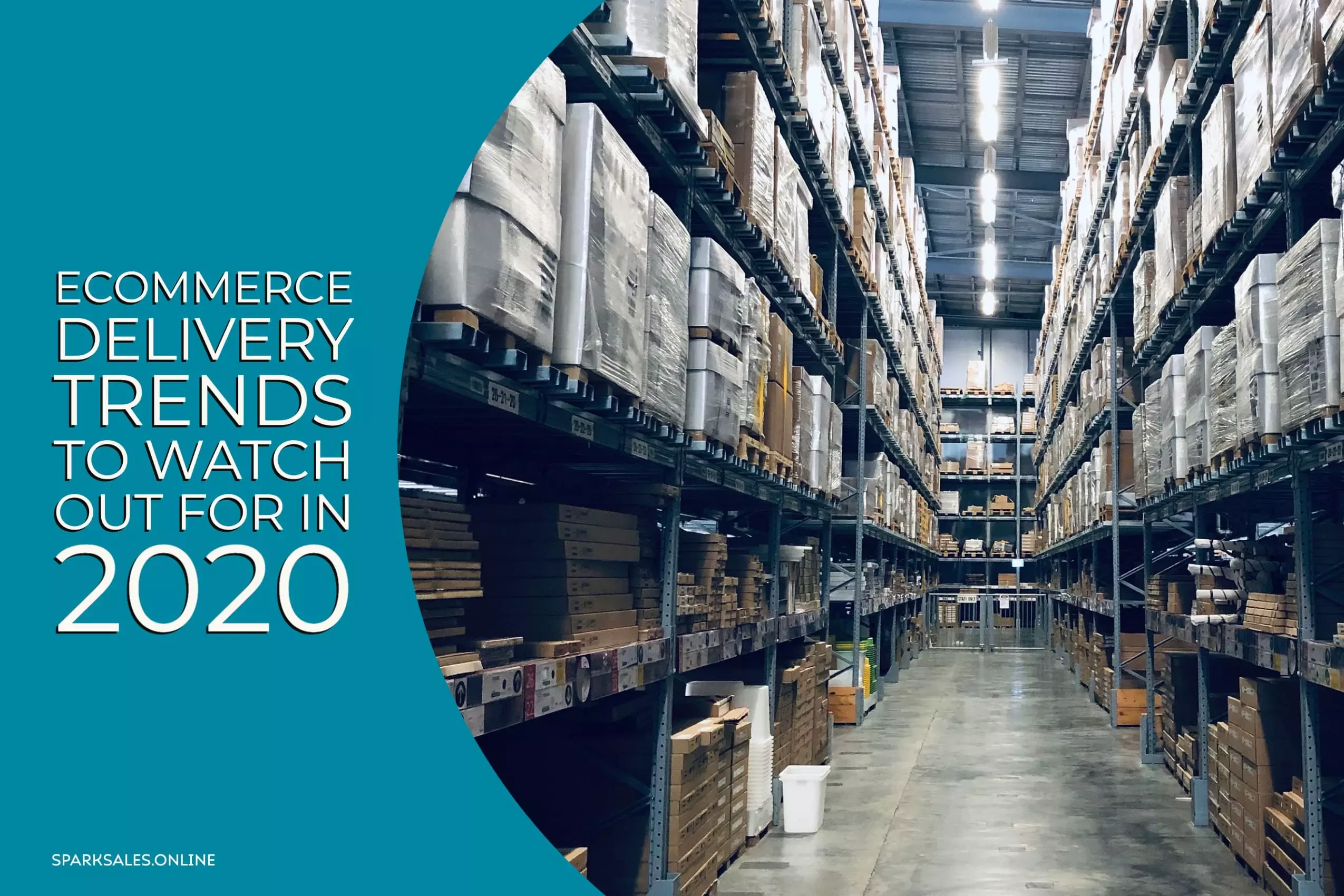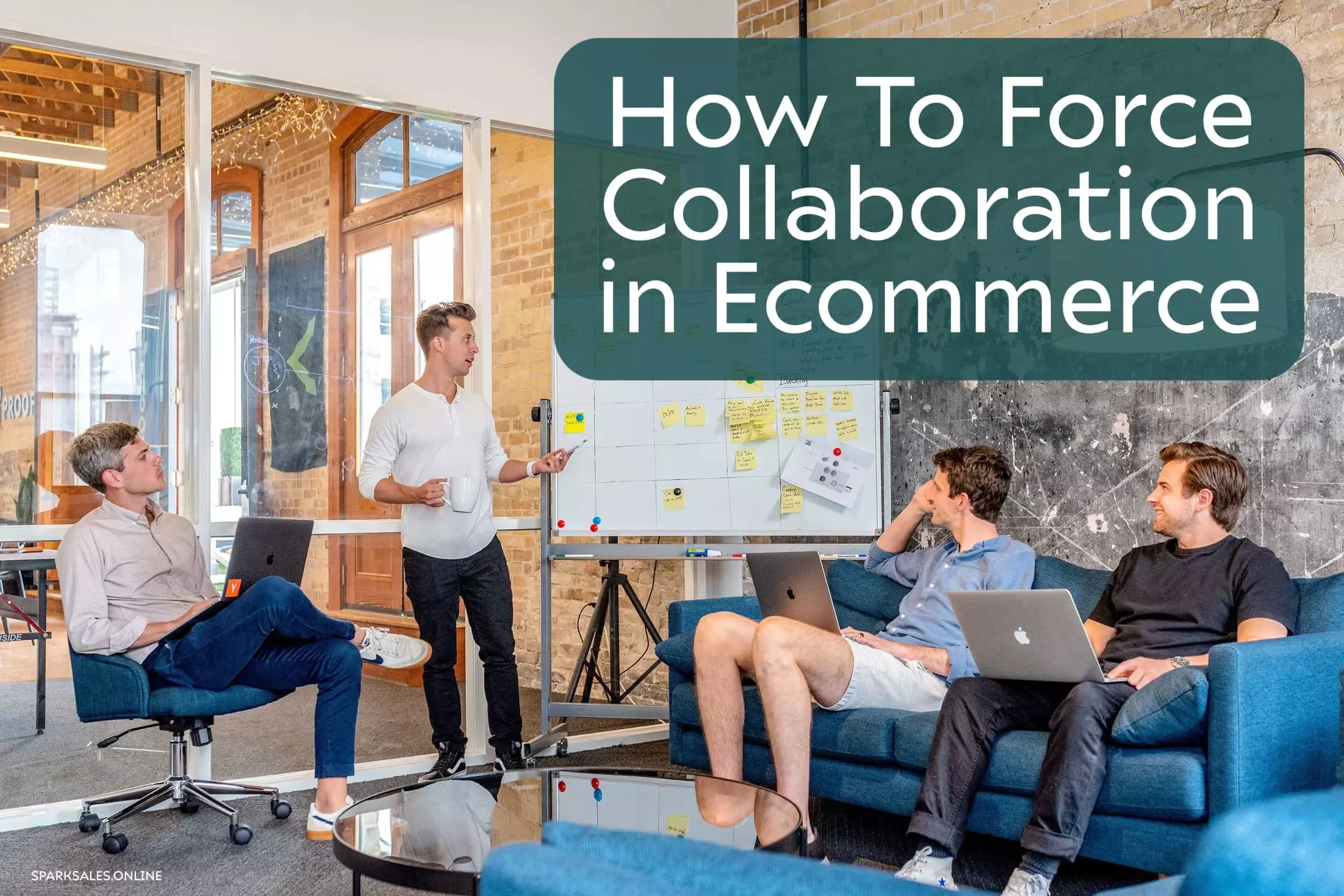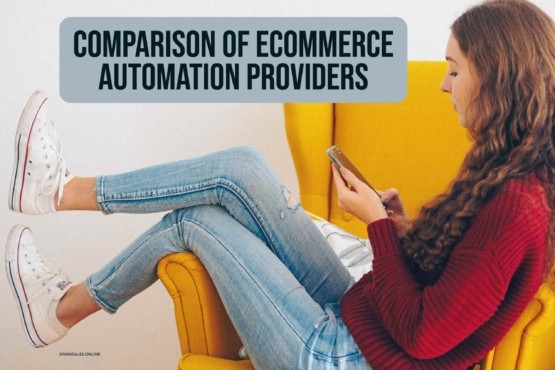Today we’re going to talk about Amazon Vendor Central. We’ll compare Vendor Central with Seller Central and talk about the hybrid model. We’ll go through the differences between Amazon vendor and seller accounts and explore how sellers can switch to vendors and vice versa.
It’s a great topic and a topic that businesses ask many questions about. Often it’s once they’ve already made a choice and realised that maybe they should have taken more time to make that decision based on what was right for their business and perhaps have done a bit more analysis pre-signing up to Amazon.
So when you work with Amazon, you either work with Amazon as a vendor or you work with them as a seller, and there are critical differences between the two:
- Being a vendor is basically a wholesale relationship, so you are selling to Amazon, they are your customer, and they sell to the end consumer. So your relationship is a wholesale relationship, just like if you were selling your products to Tesco or Walmart.
- Being a seller is direct-to-consumer. You’re using Amazon’s platform to sell your products, but effectively you’re selling your products directly to the end consumer, so you’re taking on a retail position.
A business must know those critical differences because a lot of the time, businesses wonder if they should be one or the other, but the question they should really be asking themselves is:
![]()
What’s My Setup?
Because the question really isn’t about whether you should be one or the other, it’s actually do you have the infrastructure? Some businesses say that they want to be a seller, but they don’t have the infrastructure to manage direct-to-consumer. Sometimes companies may want to be a vendor, but they don’t have the setup to make large quantity shipments to Amazon within the requirements of how the product should be shipped to their fulfilment centre.
If you don’t get that right at the beginning of the process, you can not only lose a level of momentum, but you can lose an awful lot of time and money trying to change the logistics strategy further down the line.
If you’re a company that is used to selling into retail, then, of course, the Vendor Program makes sense. However, it’s not as easy as that because, unfortunately, you can’t just become a vendor; it’s invite-only.
I mean, you could sit here and think, “Okay, I’ve done all this analysis, and I want to be a vendor”. However, being a vendor these days is a rare opportunity, and just because you want to be a vendor, that doesn’t mean the vendor doors will open to you. Amazon can often keep them closed, and trying to find a way to make them open can be a challenge.
The Vendor Program on Amazon was somewhat different many moons ago, both from today’s perks perspective and the level of support you would get from Amazon. There are many tasks that are no longer involved, and actual contact with vendor managers doesn’t really exist now for most vendors. Many of the functions that vendor managers were doing have now been onboarded to a catalog team to manage.
The role of the vendor manager has changed a lot over the years. It has become quite an isolated role where really a vendor manager only deals with the substantial accounts that will effectively hit their targets. When you deal with that vendor manager, they’re limited in what they can do because if it’s a task managed by the catalog team, they usually can’t answer that question.
After all, their knowledge isn’t there, so it’s become a lot more isolated now, and that can be frustrating for many businesses because they don’t have the answers they need when they need them. You may find that your average vendor manager knows less than what they did even a few years ago because they don’t take on as many tasks.
Another common thing is for Amazon to approach vendors and try to sell them what’s known as SPS (Selling Partner Support). This is basically a person who they pay a lot of money for that works on their account part-time or full-time in one, three or five countries and Amazon kind of makes out that this is fundamental for your success. If you don’t take it on board, then you’re essentially going to lose out on the growth momentum. So, of course, doing plenty of research and understanding what comes with being a vendor is crucially important.
![]()
What Are the Differences Between a Vendor and Seller Account on Amazon?
One of the main differences between vendor and seller has to be how you get paid; it’s a very different structure. On Vendor Central, you have to remember that you are technically a wholesaler. You are selling to Amazon, and Amazon is selling to the customer. You are a B2B seller at that point. When you go to Seller Central, you’re going to be B2C and selling directly to customers.
On the vendor platform, you receive purchase orders from Amazon, and you have net terms with Vendor Central; maybe you have 60 days or 90 days net terms. Whenever you get your purchase order, you send the product, invoice and get paid. No matter if that product sells or not, that’s not your problem; you still get paid. You’ve given that to Amazon, and it’s just like selling to any other customer except your work is done.
Seller Central is different, though, because you get paid per sale, so you can still send your products to Amazon using what’s called FBA, but you’ll be storing your product at Amazon’s warehouse. You won’t get paid for it until someone buys the product. Let’s say you send 10,000 units to FBA, but you only get ten sales, you’ll only get paid for ten units, and whatever fees Amazon takes out of that.
Now it’s slightly different as far as the time frame goes because you get paid after the sale has been made. You don’t get paid upfront, which can be a deal-breaker for some people who want to switch over.
How Much Control Do You Have as a Seller or a Vendor on Amazon?
Another big difference is product control. On Vendor Central, you don’t technically own the product anymore. You sent it to Amazon, and Amazon now owns the product and owns the listing; you can make suggestions, but even if you’re brand registered, Amazon owns that product, and you don’t own it anymore.
Amazon could sell it at whatever price they want. You have no control over the price. You can suggest an MSRP (Manufacturer Suggested Retail Price), and maybe they’ll follow up, but they do whatever they want for the most part.
On Seller Central, you pick your price, and you decide what you want to sell it for. You know precisely what fees will be taken out (even though they are hidden a little bit), but you’re a lot more in control because you’re selling directly to the customer, and on Seller Central, you own the product listing. If you have a brand registered trademark, you control what’s on the listings 100%, so you can definitely have better content.
You have better control over your customers; you can communicate with your customers and know who they are. There is obviously Terms of Service that limits your interaction with them, but on the vendor platform, you don’t even have that option; you are a middleman, so that’s another big difference between the two.
What’s the Difference in Customer Service Between the Two?
Another disparity that people don’t talk about a lot is customer service. Now on Vendor Central, you don’t deal with the customers at all. There’s no chance of a customer even contacting you or you contacting the customer. There’s not even an option to do so on the platform.
On Seller Central, there is an option, and they will contact you, so you do have to do some customer service. If you’re doing FBA, then Amazon takes care of the customer service, but you’ll still get questions. It’s another thing about the differences to keep in mind.
What’re the Differences in Inventory Handling With Both Seller and Vendor Accounts?
One of the most significant differences between the two will be inventory. So Amazon on Vendor Central will send you a purchase order that will tell you exactly how many items to send, and you’ll send those items to Amazon. They’ll get there, and you don’t have to worry about it.
On Seller Central, if you sell through FBA, you have to create an inventory plan, you have to send as much as you need, and if you send too much, you can get charged for extended long term storage fees; these fees add up, and you learn the hard way. You have to be able to send inventory based on sales forecasts strategically. If you’re an MFN (Merchant Fulfilled Network) seller, you have to fulfil orders yourself, so this doesn’t really apply.
![]()
Does Being a Vendor Make It Easier To Sell Your Products Across Multiple Marketplaces?
If we use Europe as an example, you’ve got the European Fulfilment Network, so what often happens, and this is something that vendors aren’t aware of because they think they’re going to deal with Amazon in the UK. Suddenly, Amazon starts using that inventory in the UK and listing those products across Europe in Germany, France, Italy, and Spain without the vendor knowing.
The vendor sometimes isn’t aware that they’ve committed to this, and all of a sudden, their products are being sold in other countries. Unfortunately, many of those listings are translated using automation, so it’s not like their listings become hugely optimised and look fantastic in other countries either.
This can go in two ways; one brand may say, “That’s fantastic! Now we don’t have to do the work. We’re expanding our product into other countries, and it doesn’t require any more resources”. However, other brands may say, “Whoa, we don’t want Amazon to do that! We want to decide if we want to go into that country,” so that really then creates this divide between seller and vendor because actually you often can’t control that on the vendor platform. You can’t say to Amazon, “Don’t sell our products in France” because it’s almost part and parcel of the agreement of using this European Fulfilment Network.
Whereas at least on the seller platform, you can decide where you want your products to be sold. It’s all about this control. The most significant thing between whether you go with one or the other, aside from infrastructure and the vendor doors not being as open as people think, is down to control because effectively, if you’re selling to Amazon on the vendor side, you’re passing on that control. They can then sell the products; they own the listings and sell them at whatever price they want. Plus, they can also sell them wherever they want to.
On the seller platform, you’re controlling your listings, you own that retail price, and you decide whether you should be selling in those other EU marketplaces. Suppose you’re a brand that does care about control (some brands care about it more than others), and you are really focussed on the customer experience. In that case, if you’re sending products to non-English speaking countries that have English instructions included with them, that could be a negative customer experience for that buyer. They may think that your company couldn’t be bothered to redesign the packaging for them. So that’s quite a tricky one, and you certainly do start to lose that control with vendor, and brands may be unaware of that until further down the line.
![]()
Should You Consider a Hybrid Account?
So let’s say you have a seller account, and you’ve been invited to the vendor program. You’re listening to the market, and people are talking about hybrids; again, a lot comes down to set up, and a lot is also down to assortment because it’s always good to spread risk with Amazon.
I think COVID19 was a prime example where the businesses that got a bit stuck were those that didn’t have a backup solution. So, for instance, they might have been a vendor and only working with vendor in network fulfilment, which means waiting to receive purchase orders from Amazon and sending inventory to Amazon’s fulfilment centre.
As another example, some sellers were solely selling on Amazon via FBA. A lot of those businesses got stuck in the non-essential categories. It highlighted that you absolutely need to have more fulfilment channels because it’s critical to have more options.
A hybrid option can work well for some sellers; however, if you sell your products to Amazon and also sell them on the seller platform to consumers, you have to be very careful because there can be a conflict of interest. After all, you can’t start competing to win the Buy Box on the listing that you’re already selling to Amazon on vendor.
So you have to tread carefully and be very clear on what your goals are:
- Is it to just have a backup solution for inventory?
- Is it because you want to start controlling and almost influencing Amazon to raise the price? Or to bring the price down? Because that’s then manipulation.
Why Would a Seller Need a Hybrid Account?
- Some businesses might have a hybrid setup because they’ve got refurbished inventory on the seller platform, and they’ve got other products on the vendor platform, which would be a smart move.
- Perhaps they have business to business ranges, and they have direct to consumer ranges, so they’re just mirroring the same way of working that they have on their website.
- Maybe if a brand has a new product range coming out, they may want to control that for a while because they are very price sensitive. Perhaps margins are tighter on that new product because they haven’t got economies of scale with the stock. So they don’t want to sell it to Amazon right away, who will then be playing about with the price and possibly putting the entire new range at risk.
I think it’s clear that there’s no single universal strategy on Amazon, and it’s imperative to choose the most suitable model for your business to be successful. It really just ties back to what type of logistic strategy and distribution strategy you are set up for.
The Downsides of Becoming a Vendor
On the negative side of things, many brands get caught up and confused about the negotiations with Amazon when going into a vendor agreement. Some brands don’t really know what levers and buttons to push and pull, or even that they can negotiate.
With the seller side, it’s pretty cut and dry, you sign up for a seller account, and you know what you’re signing up to. You sign up to your set of terms, you do your analysis to understand your costs: the referral fees and if you go FBA, the FBA fees, but it’s very straightforward to do all of that. All that information is there in front of you. Yes, there are a few costs that people get surprised by sometimes, but businesses don’t tend to realise that they can negotiate on the vendor side.
Often, they get excited because they’ve finally been invited through the golden gates. Amazon says, “Well, you need to sign this contract, this co-op agreement and this, this and that”, and then the business says, “Yeah, we’ll sign up to it” because they’re just happy for the opportunity. This gives the vendor platform almost a bad name because expectations aren’t realistically set at the start, and sometimes the business has jumped in too quickly and didn’t understand what those agreements meant.
The Positives of Becoming a Vendor
On the other hand, for some businesses, the vendor platform is just perfect—the distribution across different countries and the handling of more or less every stage of the purchasing process. If you have a vendor manager or an account of a specific size, having that foot in the door with Amazon is vital. You sometimes get access to various initiatives that sellers can’t access. So it’s essential to balance out both the pros and the cons when you’re analysing the best route for your business.
Remember, it’s just making sure that you are set up correctly. Don’t assume that one strategy will necessarily be the right one for your business forever. Your business will evolve, and it may be suitable to look at other techniques along the way.
Is Amazon Vendor Express the Same As Amazon Vendor Central?
No, Amazon Vendor Express was discontinued in 2019. However, there is a lot of confusion about the difference between the two. The waters were indeed muddied in the past when Amazon had both Vendor Express and Vendor Central.
Vendor Express was a kind of Seller Central version of Vendor Central that people could use as self-service and get signed up to access additional A+ pages, sponsored ads and all the things available on the seller platform as standard now.
Now Vendor Central and Seller Central are really on an even level playing field when you look at marketing tools. As long as you’re a brand owner, you can set up sponsored ads, you can create A+ Content, you can create Brand Stores, and you’ve got Vine now as well, so you’ve got all these tools, and Amazon is making it very fair between the two.
![]()
How Do I Get Invited To Become a Vendor?
The vendor management team that handle new clients tend to ask:
- What is your setup?
- Are you selling to major retailers in the UK?
If the answer is yes, they will be interested because that shows that you’ve got a wholesale set up. If you say “No, we don’t, at the moment it’s all direct-to-consumer”, a lot of the time, they’ll say, “Well, carry on with seller because actually, your business isn’t ready yet”.
So Amazon is a lot more strict in a sense, but even Amazon is very clear and almost fair with the two platforms because they seem to have realised that it got a bit out of hand at one point with people not knowing the difference between them.
Over 50% of sales come from third-party sellers; that’s a trend we’ve seen increasing over the years. Of course, it’s expensive for Amazon to run the vendor program because they have to hire staff and really, they’re not looking to do that. Amazon is a frugal based company; it’s one of their leadership principles, so they don’t want to be investing in lots of additional staff when they could potentially just automate parts of that process.
Should I Be a Vendor or a Seller on Amazon?
It’s not a simple question, and I know if you type in the question “Should I be a vendor or seller on Amazon” into Google, the amount of blog articles that come up is immense, and they all look at the comparisons between the two. Such as “Well, if you sign up to this, you get A+ or Vine”. We’ve talked about that, and that’s not really any longer the case.
The reason why it’s not such a simple answer is that it depends on your business setup, and it also depends on where you want the business to go. Your business might not be set up for vendor, for example, but that might be your end goal, and to move in that direction, you might start distributing to bricks and mortar to get closer to achieving it.
So the real takeaway here is making sure you’re very clear on what your strategy is and making sure that it’s aligned with your business goals and you know what you’re jumping into because if you jump in too quick, it’s likely going to be costly later. At the same time, it’s also making sure that you’re very clear that you’re spreading risk and don’t think that Amazon is your only answer.
That’s why ecommerce managed services are becoming so popular for sellers. We provide an A to Z multichannel ecommerce managed service to transform you into an established online retailer with the ability to sell on multiple platforms worldwide. These services use software like Linnworks; Linnworks is an automated ecommerce system that helps sellers automate critical processes whilst fully automating order and inventory management systems, shipping tasks, listings and much more.
If you’re questioning whether to become a vendor or need support with your seller or vendor business on Amazon and are looking to grow your sales further or maybe even get set up, contact us today. One of our team will reach out to set up a call and discuss what support you need.
